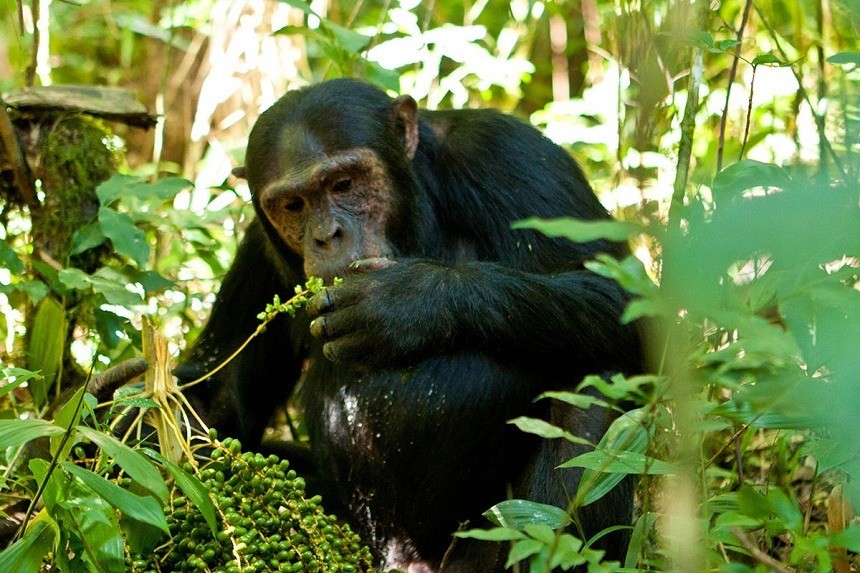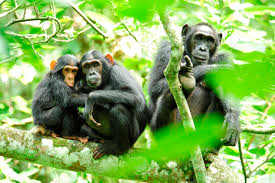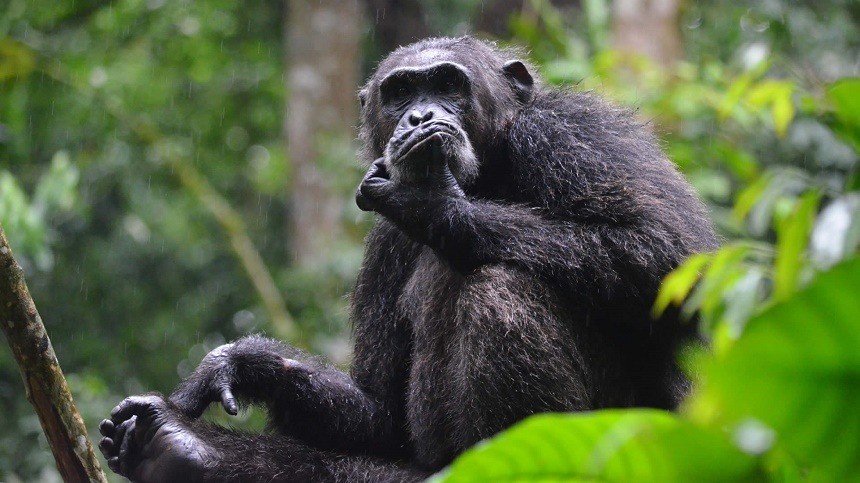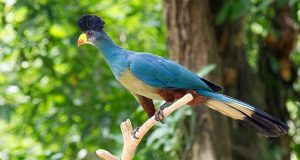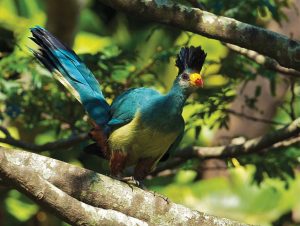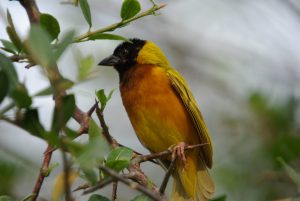Luxury:
Nyungwe Forest Lodge
The lodge was set up in 2010 and the favorite for tourists at the park simply because it is situated in the middle of a Tea Plantation close to Nyungwe forest national park boundary, the lodge is designed to match with the surrounding ecosystem stretch matching the level of a five-star wilderness lodge.
Nyungwe forest lodge furnishes accommodation in 24 luxury rooms in spacious state of art wooden chalets with king-sized beds, air conditioner/ heater satellite TV, bathroom with a hot tub and shower, and a veranda. The lodge also features 2 presidential bedrooms each containing a Jacuzzi.
The lodge contains a large fresh dining sitting area that combines clean modern lines with attractive ethnic décor, swimming pool, jacuzzi pool, boutique stock, conference facilities, wifi, current restaurant, gym, and laundry.
Moderate (Mid-range):
Nyungwe Top View Hotel
Nyungwe Top View Hotel is set on an isolated hilltop with stunning panoramic views of the tea plantation and west to Lake Kivu.
This hotel facility equally provides the best accommodation experiences and lies very close to Nyungwe forest national park. It was opened in 2011 and you need only 5 minutes to drive up to this facility and 4 to 5 hours’ drive when you are in Kigali.
Due to its strategic location, visitors have the opportunity to enjoy the most breathtaking views of the magnificent Nyungwe forest and other surrounding areas. It features red brick cottages well furnished with the furniture and has also a dining area and lounge. This hotel lies within the electric power grid and this guarantees you power supply and no need to worry about the dark nights. There is also a medical care center 10 kilometers away from the hotel and security is at its best. While at this hotel, you can easily connect to the park and engage in a number of safari activities such as chimpanzee tracking, birding, colobus tracking, canopy walk, hiking a mention but a few.
Budget:
Gisakura Guesthouse
The lodge stands 2km outside the forest close to Gisakura Tea Plantation; it has a suitable location for the excellent Isumo Trail and the visit of the colobus group on the Gisakura Tea Plantation. Vervet monkeys sometimes pass through the guesthouse grounds. The guesthouse serves good meals, beers, sodas, and a selection of wine.
The guesthouse offers the opportunity to visit chimpanzees of Nyungwe forest, the top canopy walks, birding walks, and a chance to encounter with forest monkeys.
Wilderness campsites:
Besides lodges and hotel facilities, you can also camp within the wilderness campsites at this park and get a chance to interact with nature at a close range. Most of the campsites lie along the walking forest trails and you will need to come along with your personal camping gear mostly camping tents, food, firewood-this can be got at the site, sleeping bags, and others.
The key camps include;
- Mount Bigugu peak camp and this allows you to experience this wilderness area. It accommodates about 4 visitors.
- Congo Nile Divide trail campsite and for those of you who are planning to embark on cycling tours along this 227-kilometer trail, this is one of the camps for you to relax from.

